Samsung Galaxy M40 specs have a complicated litany of scientific terminology that can confuse even the experts. So, when you decide to purchase a new mobile phone, there will be so many questions passing through your mind. In this article, you will find Samsung Galaxy M40 reviews that demonstrate most of its specs and terminologies, to help you understand it all.
Samsung Galaxy M40 model status in the market is Available. However, it is declared by Samsung company on 6/1/2019 and released in 2019, June.
Samsung Galaxy M40 has 64GB 4GB RAM, and 3500 mAh battery life (the more mAh value gives more strength to the battery). When you purchase Samsung Galaxy M40, you will gain 32 MP, f/1.7, 26mm (wide), 1/2.8″, 0.8µm, PDAF rear camera and 16 MP, f/2.0, 26mm (wide), 1/3.06″, 1.0µm selfie camera.
Samsung Galaxy M40 comes with a 6.3 inches, 97.4 cm2 display size and Corning Gorilla Glass 3 as a display protection that is designed to protect the screen when the phone falls on hard and rough surfaces.
Samsung Galaxy M40 has these software and hardware platforms:
* Android 9.0 (Pie), upgradable to Android 11, One UI 3.1 OS,
* Qualcomm SDM675 Snapdragon 675 (11 nm) Chipset
* Octa-core (2×2.0 GHz Kryo 460 Gold & 6×1.7 GHz Kryo 460 Silver) Processor.
In this article, you will find Samsung Galaxy M40 review which will sort out the main Samsung Galaxy M40 specifications that you need to make a wise decision about your new cellular phone.
The Body Specs – Samsung Galaxy M40 Review
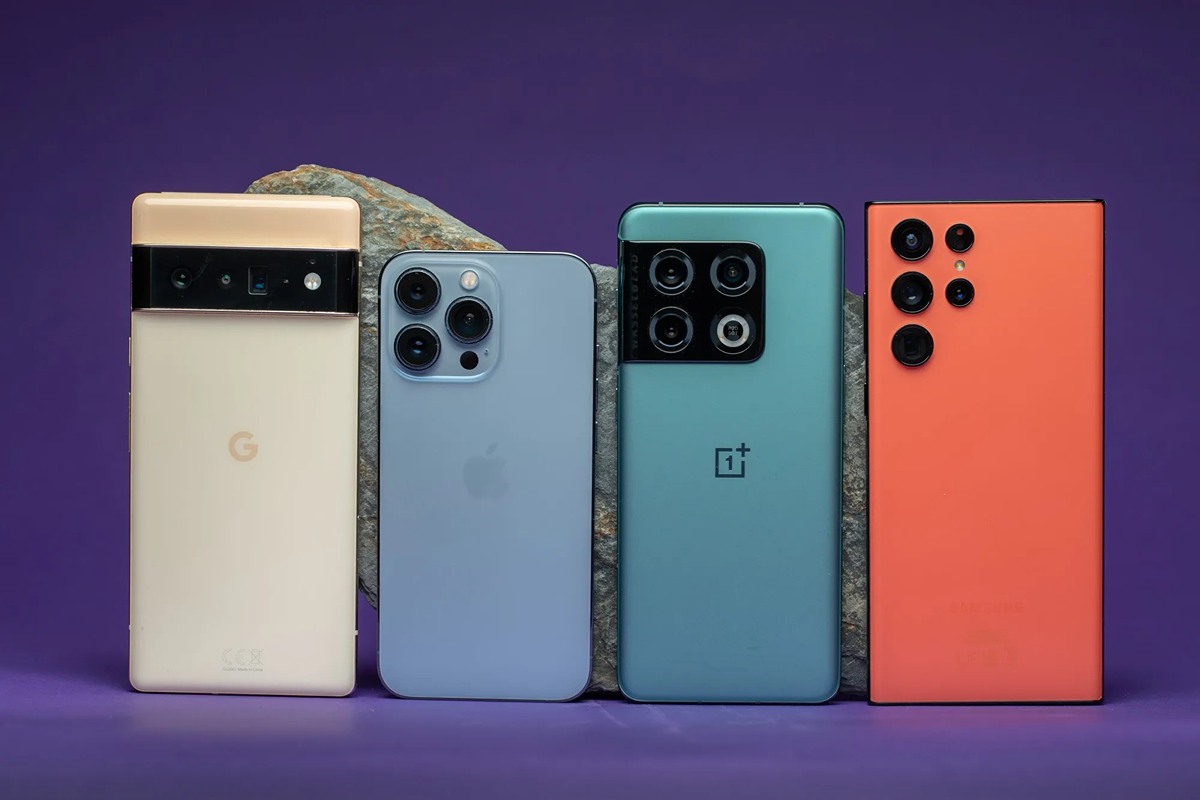
People are often interested in the mobile phone’s body characteristics, which prompted most cellular phone production companies to harness a considerable part of the company’s research and budget to evolve this aspect of phones so that it fits all the ambitions of the consumer. In the following lines, you will see Samsung Galaxy M40 review, which will demonstrate the most important details related to the body of this device.
* Body Dimensions: 155.3 x 73.9 x 7.9 mm (6.11 x 2.91 x 0.31 in) which means height, width, and thickness (depth) respectively.
* Body Weight: 168 g (5.93 oz).
For smartphones, a weight between 140g to 170g is deemed adequate for most consumers.
* Body Build: Glass front (Gorilla Glass 3), plastic back, plastic frame.
The most known cellular phones body kinds are shown here:
* Metal. Some cellular phones manufacturers use metal in the construction of the phone’s body in order to provide the maximum protection for its inner parts.
* Glass. Devices whose body is made of glass may look more attractive, but this kind is not considered durable when fulling on hard surfaces.
* Plastic. This kind is very practical, so it is the most prevalent one in the manufacture of cellular phone bodies.
Get Your Preferred Color – Samsung Galaxy M40 Review
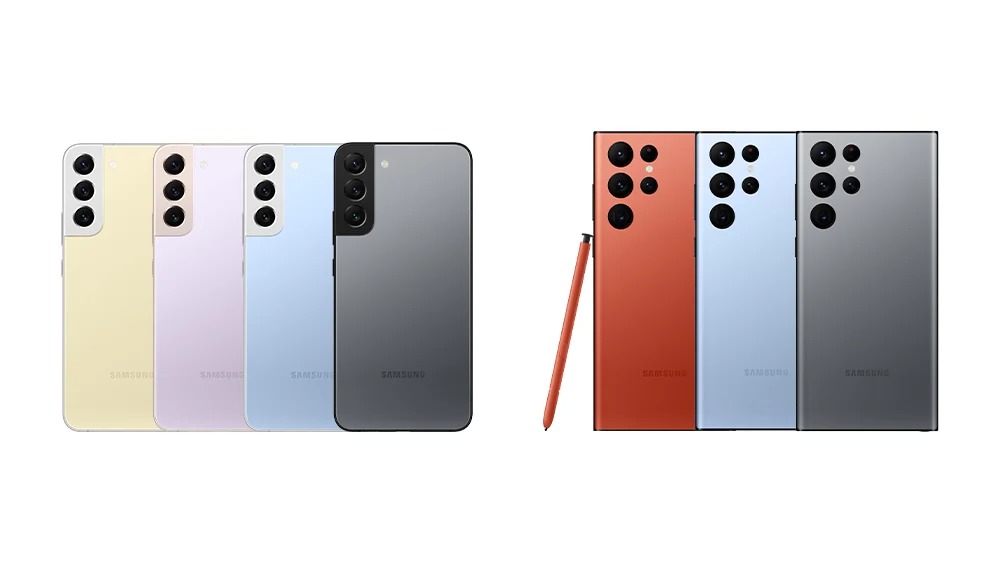
Modern smartphones come in a variety of colors. Companies are also manufacturing gradient colors in addition to solid color devices.
Samsung Galaxy M40 comes in the following colors: Seawater Blue, Midnight Blue, Cocktail Orange.
All About Display features in one Samsung Galaxy M40 Review
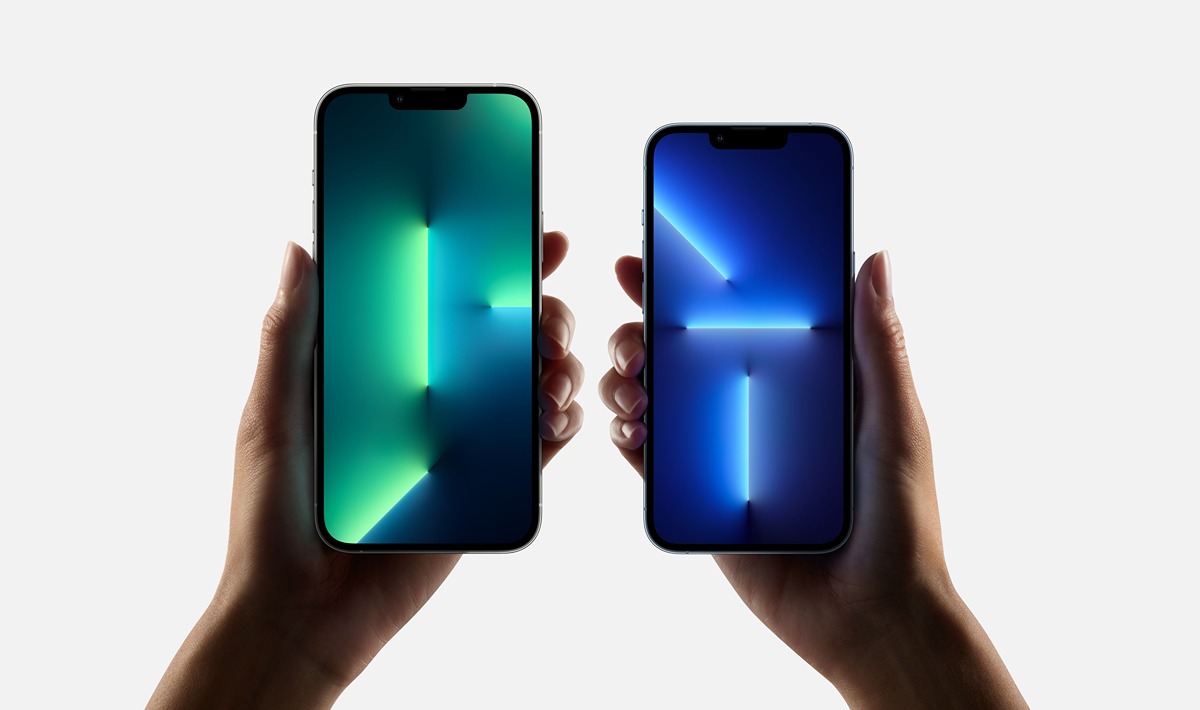
As cell phones inventions evolve very fast, it is difficult to know any cellphone or combination of features as the best. This applies to the quality and specs of the screen. In fact, choosing it depends on your particular requirement and the areas in which you use cell phones. In the following lines, we will demonstrate the essential display features of Samsung Galaxy M40
Display Type: PLS LCD – Remember that you need to look for a screen type that grants more vibrant colors and proper black color.
Display Size: 6.3 inches, 97.4 cm2 – The popular standard screen size of mobile phones now averages between 4.7 and 6.5 inches.
Screen To Body Ratio: (~84.9% screen-to-body ratio). It provides the percentage of how much the display covers the front face. Smartphones that have the largest screen-to-body ratio look delicate and that give them a premium look.
Display Ratio: 19.5:9 ratio. the Aspect ratio is the relevance between the height and width of the smartphone screen. Taller aspect ratios like 19.5:9 is coming with the most modern smartphones, and it is suitable for web browsing, and other portrait orientation apps.
Display Resolution: 1080 x 2340 pixels. It is the clarity of an image video in detail and sharpness. The pixel resolution for high-definition screens is 1920 x 1080.
Display Density: (~409 ppi density). It is the number of physical pixels per inch on a screen and is measured in Pixels Per Inch (ppi).
Display Protection: Samsung Galaxy M40 comes with the following display protection:
* Corning Gorilla Glass 3
* Corning Gorilla Glass 3.
Samsung Galaxy M40 Review of The Camera Specs
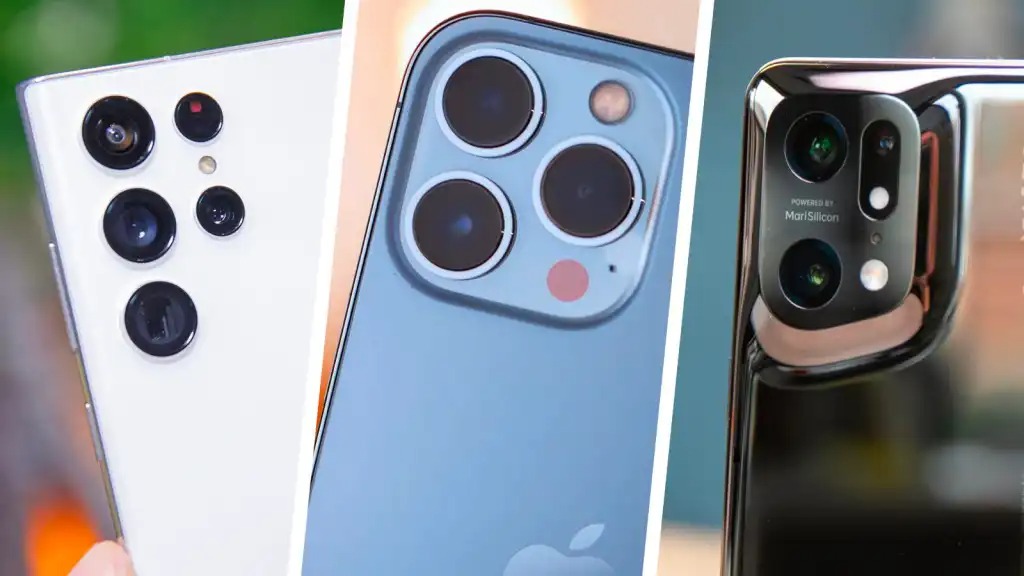
In the following lines, you will find Samsung Galaxy M40 review about the main cameras.
* Main Camera Single: 32 MP, f/1.7, 26mm (wide), 1/2.8″, 0.8µm, PDAF.
Here are explanations about some of the symbols included in the camera characteristics:
MP (Megapixels) is the resolution of the image taken by a mobile phone.
(f value) is the aperture of a lens that indicates how much light it lets in. The larger the aperture, the more light is let in; conversely, a smaller aperture lets in less light.
(mm value) This measurement is of the lens’s focal length, which affects the final image that is produced by your camera.
AutoFocus (AF) is the function of a camera to automatically focus on a subject.
* Main Camera Dual: 8 MP, f/2.2, 12mm (ultrawide), 1/4.0″, 1.12µm, PDAF
* Main Camera Triple: 5 MP, f/2.2, (depth)
The main camera features are as follows:
HDR, panorama, 4K@30fps, 1080p@30fps main video camera.
In the following lines, you will see Samsung Galaxy M40 review of the selfie camera:
* Selfie Camera Single: 16 MP, f/2.0, 26mm (wide), 1/3.06″, 1.0µm
The main camera specs are:
1080p@30fps Selfie video camera.
Samsung Galaxy M40 Review of the SIM Card

SIM stands for Subscriber Identity Module, and it’s a small plastic card that slot into your smartphone. Three sizes are available for this electronic chip: Standard (Mini), Micro, and Nano, and it lets you connect to a cellular network. Then, you can make calls, send SMS messages, and connect to mobile internet services like 3G, 4G, and 5G. For more information about 3G / 4G networks, refer to Samsung Galaxy M40 3G or Samsung Galaxy M40 4G articles. However, you can use the cellphone without a SIM to use some available programs on it, play games, and connect to a Wi-Fi network to explore the web.
This mobile phone model comes with Hybrid Dual SIM (Nano-SIM, dual stand-by) card. For more info, refer to How to insert SIM card in Samsung Galaxy M40 article.
Here are the common SIM card kinds:
* Nano-SIM. It is the smallest removable SIM card size, so it is the most modern one (other than eSIMs, which we’ll read about very soon) and most current cell phones are using it.
* Micro-SIM. They have a slightly larger chip, and they haven’t been utilized too often lately.
* Standard SIM (Mini-SIM). It is the biggest SIM card size in use, and it’s the most seldom used.
* eSIM. It is an embedded SIM card, meaning that you can’t remove it from your cellular phone.
Samsung Galaxy M40 Review of The Performance
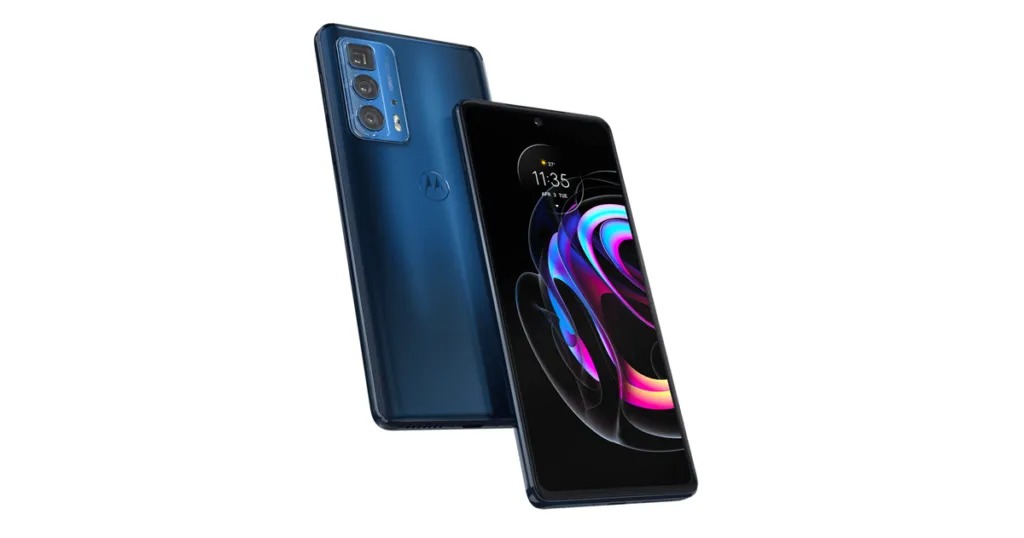
This model has a Qualcomm SDM675 Snapdragon 675 (11 nm) chipset.
Advanced embedded chipsets in cell phones allow the performing of many different tasks depending on their programming. They are built-in as part of the complete device including hardware and mechanical components. The most common chipset types are: Qualcomm Snapdragon, Intel Atom, and MediaTek Chipsets.
Samsung Galaxy M40 has Octa-core (2×2.0 GHz Kryo 460 Gold & 6×1.7 GHz Kryo 460 Silver) CPU.
CPU (Central Processing Unit) performance is vital for the daily user experience. Thus, the higher the number of cores, and the higher the processing speed the better the performance will be.
Samsung Galaxy M40 has the following GBU (Graphics Processing Unit): Adreno 612.
This chip is responsible for handling all graphics jobs. Actually, Users are now more aware of the many types of GPU chips included in smartphone chipsets and sometimes take their performance into account when making purchases.
Samsung Galaxy M40 Review of the Storage features and Capacity
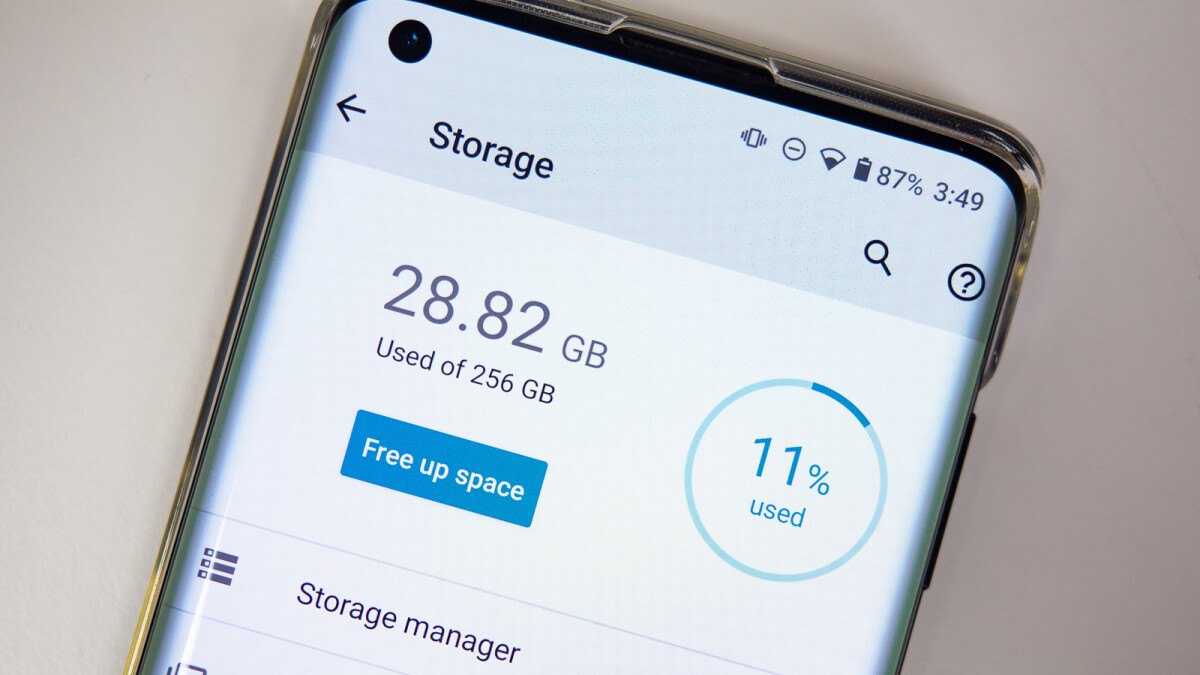
The amount of storage that a new smartphone provides is one of the essential decision considerations. Actually, Samsung Galaxy M40 comes with a microSDXC (uses shared SIM slot) memory card slot, and the following internal storage: 64GB 4GB RAM – 128GB 6GB RAM
Two types of phone’s memory are available:
Internal: It is built into the phone, and can’t be expanded. Nowadays, the majority of smartphones have internal memory that is at least 32GB or 64GB and a few high-end models feature 256GB or 512GB.
External: It is a removable SD card used as an alternative memory to store photos, music, videos, etc., regardless of the type of SD card slot.
Mobile Networks and Connectivity – Samsung Galaxy M40 Review

A mobile network, (or wireless network), is a technology that allows users to send and receive radio waves. It consists of base stations, each of which comprises a distinct zone that called “cell”. This makes it possible for several portable devices such as cellular phones to connect together. Actually, there are 3 kinds of mobile networks in use: 3G, 4G (LTE), and 5G.
Samsung Galaxy M40 supports the following networks: 3G. For more information, refer to Samsung Galaxy M40 3G article. – 4G. For more information, refer to Samsung Galaxy M40 4G article.
Read About Wireless Connections – Samsung Galaxy M40 Review

This model comes with the following wireless communications:
* WLAN connection: Wi-Fi 802.11 a/b/g/n/ac, dual-band, Wi-Fi Direct, hotspot. Wireless Local Area Network depends on Wi-Fi to connect to the home or office wireless network using the local router and offers Internet access.
* Bluetooth connection: 5.0, A2DP, LE}. It is a common wireless communication protocol used to communicate two devices together over short ranges, allowing them to share data between different devices.
* GBS connection: Yes, with A-GPS, GLONASS, GALILEO, BDS. Global Positioning System enables cellphones to determine any position you need.
* NFC connection: Yes. Near Field Communication is a wireless technology that allows your cellular phone to send data to another device when they’re close together, so it’s generally used for contactless payments. For more info, refer to NFC on Samsung Galaxy M40 article.
* USB connection: USB Type-C 2.0. Universal Serial Bus is wired technology that allows users to connect two devices, such as a smartphone with a PC, to either transfer data or charge the connected device.
* Features Sensors: Fingerprint (rear-mounted), accelerometer, gyro, proximity, compass. The sensor is a device that detects and majors the changes in the nearby environment such as ambient light and motion.
Samsung Galaxy M40 Review – The Operating System
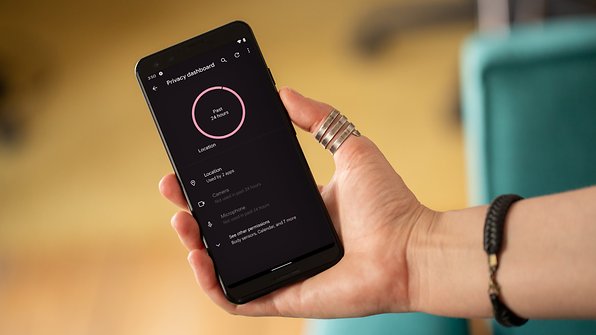
This model comes with Android 9.0 (Pie), upgradable to Android 11, One UI 3.1 operating system.
Samsung Galaxy M40 Review of The Battery Main Specifications
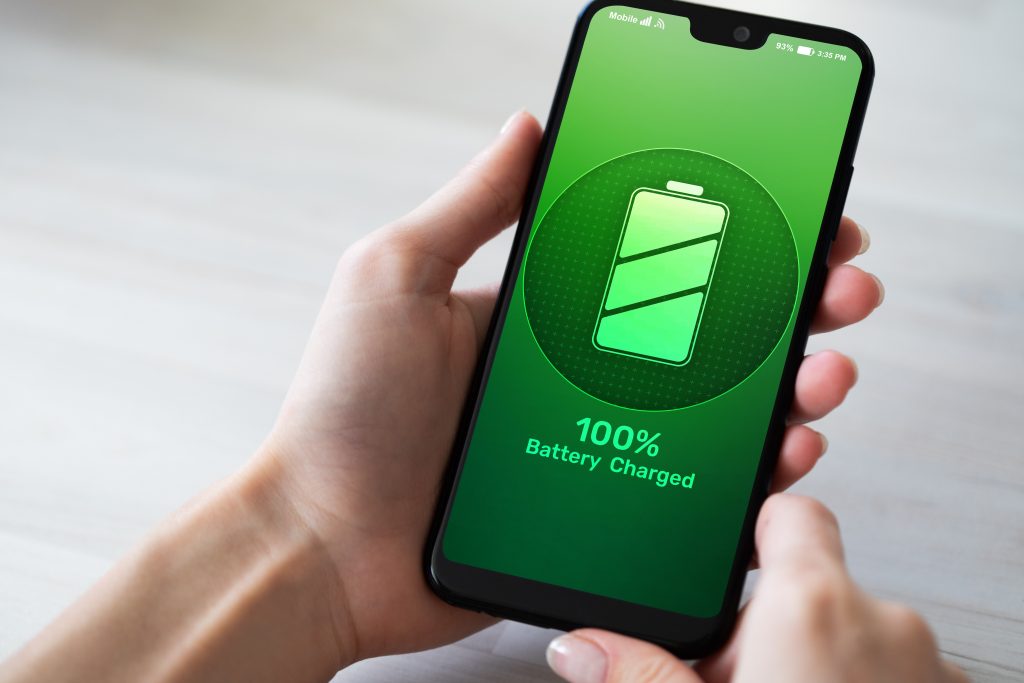
Nothing is more important than the cellular phone’s battery, which powers these devices and keeps daily life going. In the following lines, you’ll see Samsung Galaxy M40 review of its primary battery.
* Battery Technology: Li-Po.
* Samsung Galaxy M40 comes with a non-a removable battery.
* Battery Capacity: 3500 mAh. It refers to the storage capacity a specific battery is able to provide. A battery with a 3100 mAh capacity rating could supply a current of 3100 mA for one hour. Higher mAh ratings for the same battery type will generally mean longer working time.
* Battery Charging: {Fast charging 15W}.
Samsung Galaxy M40 Review of the Battery Secondary Specs

Along with the primary Samsung Galaxy M40 characteristics that we just discussed, this model contains extra battery-related characteristics that differ somewhat depending on the model of cellphone. These specifications are as follows:
* Battery Charging Original: {Fast charging 15W}.

